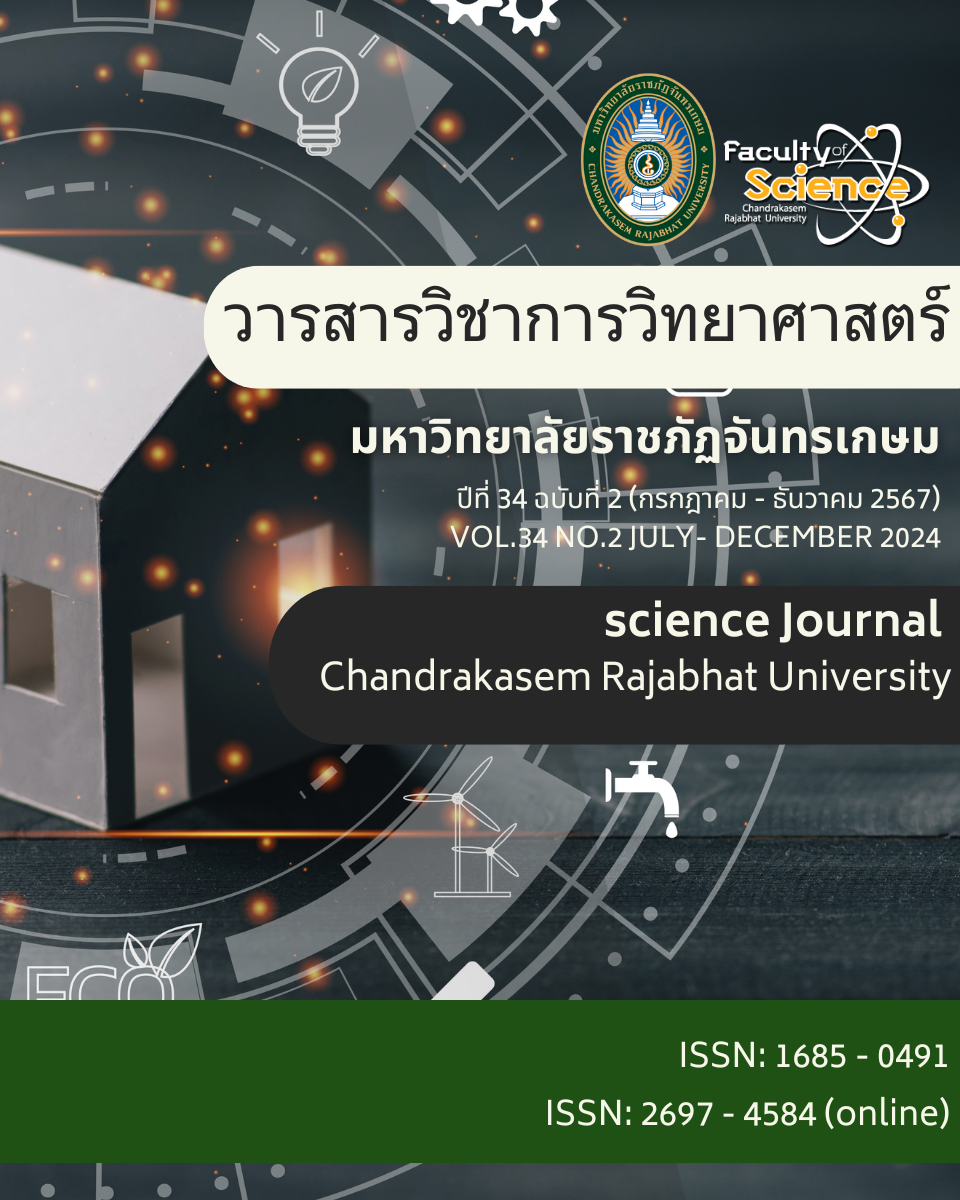The Feasibility Study of Concrete Mixed With Clay Bricks And Waste Plastic
Keywords:
concrete mixed with clay bricks, concrete mixed with waste plastic, compressive strengthAbstract
This research is a study of concrete mixed with clay bricks and waste plastic in different proportions Using a cube sample mold size 15x15x15 cm (ASTM C 192 standard) which the bricks used are The clay bricks used are scraps of bricks left over from construction or broken and cannot be used further Grind it to the desired size and use it as an ingredient to increase the initial volume from 0 percent to 15 percent There are concrete samples mixed with 5%, 10% clay bricks and 50 grams of plastic, 15% and 120 grams of plastic To test the compressive strength properties of concrete by making a comparison between Concrete mixed with waste materials that is cured with water and not cured with water in different time periods ranging from 7 days, 14 days, and 28 days. This can be compared with the compressive strength properties of concrete that has not been mixed with waste materials. To be used in appropriate construction work to reduce construction costs and Can handle the garbage problem
References
จรัล รัตนโชตินันท์. (2566). การศึกษาความเป็นไปได้ของคอนกรีตผสมอีพีเอสโฟมที่ใช้แล้วสำหรับการรับน้ำหนัก. วารสารวิชาการวิทยาศาสตร์ มหาวิทยาลัยราชภัฏจันทรเกษม, 33(1), 11-23.
ทรงสุดา วิจารณ์. (2563). การศึกษาความเป็นไปได้เบื้องต้นของการนำเศษอิฐมอญมาใช้เป็นวัสดุทดแทนมวลรวมละเอียดและปูนซีเมนต์ปอร์ตแลนด์บางส่วนในงานคอนกรีต. การประชุมวิชาการวิศวกรรมโยธาแห่งชาติ, 25(1), MAT23-1-MAT23-9.
บันฑิต ทองคํา. (2567). การศึกษาการนําวัสดุเหลือทิ้งจากงานก่อสร้างมาทดแทนมวลรวมหยาบในการผสมคอนกรีต. การประชุมวิชาการครุศาสตร์อุตสาหกรรมระดับชาติ, 7(1), 169-174. http://ncteched.fte.kmutnb.ac.th/nc7/NCTechEd07/NCTechEd07TTC01.pdf
วิศิษฎ์ศักดิ์ ทับยัง, นันทชัย ชูศิลป์ และจุฑามาศ ลักษณะกิจ. (2561) การใช้ประโยชน์จากพลาสติกรีไซเคิลเป็นส่วนผสมในคอนกรีต.(รายงานผลการวิจัย). มหาวิทยาลัยเทคโนโลยีราชมงคลศรีวิชัย. https://riss.rmutsv.ac.th/upload/doc/202207/WOCa8dhAUCZmipzIaVbl/WOCa8dhAUCZmipzIaVbl.pdf
Downloads
Published
How to Cite
Issue
Section
License
Copyright (c) 2024 Chandrakasem Rajabhat University

This work is licensed under a Creative Commons Attribution-NonCommercial-NoDerivatives 4.0 International License.
บทความที่ได้รับการตีพิมพ์เป็นลิขสิทธิ์ของมหาวิทยาลัยราชภัฏจันทรเกษม
ข้อความที่ปรากฎในบทความแต่ละเรื่องในวารสารวิชาการเล่มนี้เป็นความคิดเห็นส่วนตัวของผู้เขียนแต่ละท่าน ไม่เกี่ยวข้องกับมหาวิทยาลัยราชภัฏจันทรเกษม และคณาจารย์ท่านอื่นในมหาวิทยาลัยแต่อย่างใด ความรับผิดชอบองค์ประกอบทั้งหมดของบทความแต่ละเรื่องเป็นของผู้เขียนแต่ละท่าน หากมีความผิดพลาดใดๆ ผู้เขียนแต่ละท่านจะรับผิดชอบบทความของตัวเองแต่เพียงผู้เดียว


 For Author
For Author






